The Top 10 Open-Source Tools for Big Data Analytics
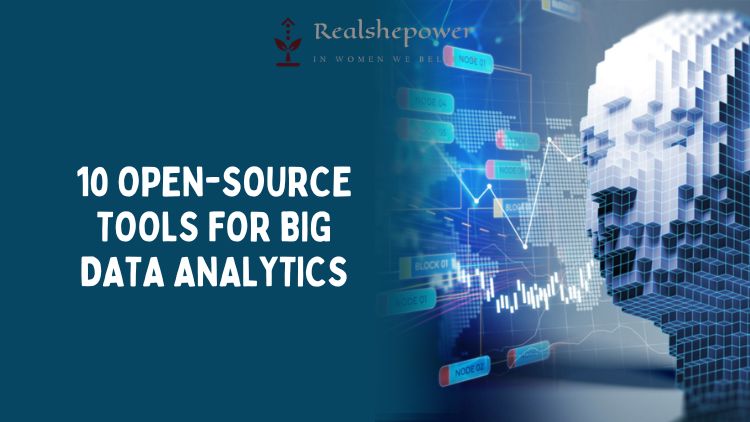

Introduction
Big data has become an integral part of our lives, impacting various industries and sectors. From e-commerce to healthcare, organizations are increasingly relying on data to gain a competitive edge. However, with the sheer volume, velocity, and variety of data, traditional tools and methods fall short in effectively processing and extracting meaningful insights. That’s where open-source tools for big data analytics come into play.
Table of Contents
The Top 10 Open-Source Tools for Analytics
#1 Apache Hadoop: Taming the Data Beast
Apache Hadoop, the first tool on our list, is a robust and scalable framework designed to handle massive amounts of data. With its distributed file system (HDFS) and MapReduce programming model, Hadoop allows for parallel processing and distributed computing. It empowers organizations to store, process, and analyze data across clusters of commodity hardware, providing fault tolerance and high availability.
#2 Apache Spark: Igniting Real-Time Analytics
If speed and real-time analytics are what you’re after, look no further than Apache Spark. This lightning-fast, open-source framework is designed for big data processing and analytics. Spark’s in-memory computing capability enables it to perform complex computations up to 100 times faster than traditional Hadoop MapReduce. With support for multiple programming languages, Spark simplifies the development of big data applications and enhances productivity.
#3 Elasticsearch: Unleashing the Power of Search
Searching through vast amounts of unstructured data can be like finding a needle in a haystack. That’s where Elasticsearch comes in. Built on top of the Lucene search engine, Elasticsearch provides a distributed, RESTful search and analytics engine. It enables lightning-fast searches, real-time data exploration, and offers powerful querying capabilities. With Elasticsearch, you can unlock valuable insights hidden within your data and drive better decision-making.
#4 Apache Cassandra: Scaling for the Future
As data volumes continue to grow exponentially, scalability becomes a critical concern. Apache Cassandra, a highly scalable and fault-tolerant distributed database, addresses this challenge. Built for high performance and fault tolerance, Cassandra can handle massive amounts of structured and unstructured data across multiple commodity servers. Its decentralized architecture eliminates single points of failure, ensuring data availability and resilience.
#5 Apache Flink: Embracing Stream Processing
The world is moving at a faster pace, and real-time data processing has become essential for many use cases. Apache Flink is an open-source stream processing framework that enables real-time data streaming and batch processing. With Flink’s event time processing and fault-tolerance mechanisms, you can analyze data streams as they arrive, allowing for timely insights and quick reactions to changing conditions.
#6 R: Unleashing Statistical Analysis
R, a popular open-source programming language and software environment for statistical analysis, is a staple tool in the data scientist’s toolkit. With a rich ecosystem of packages and libraries, R offers extensive statistical capabilities, data visualization tools, and machine learning algorithms. Whether you’re exploring data, building predictive models, or creating stunning visualizations, R empowers you to unlock the full potential of your data.
#7 Apache Kafka: Building Data Pipelines
Data pipelines are the backbone of any big data architecture. Apache Kafka, a distributed streaming platform, excels in building scalable and fault-tolerant pipelines. Kafka enables high-throughput, real-time data streaming between systems, making it ideal for use cases like log aggregation, event sourcing, and real-time analytics. Its fault-tolerant design ensures data integrity, and its distributed nature allows for seamless scaling.
#8 Apache Zeppelin: Interactive Data Exploration
Data exploration is a crucial step in the analytics process, enabling you to gain a deeper understanding of your data. Apache Zeppelin, an open-source web-based notebook, provides an interactive environment for data exploration, visualization, and collaboration. With Zeppelin, you can seamlessly integrate code, visualizations, and narrative text in a single document, making it easy to share and communicate your findings.
#9 TensorFlow: Empowering Machine Learning
Machine learning has become a driving force behind many data-driven applications. TensorFlow, an open-source machine learning framework, enables you to build and deploy machine learning models at scale. With its flexible architecture and extensive library of pre-built models, TensorFlow simplifies the development of deep learning algorithms and empowers you to tackle complex problems with ease.
#10 Apache Kylin: Powering Interactive Analytics
Traditional OLAP (Online Analytical Processing) tools often struggle to deliver interactive analytics on big data. Apache Kylin, an open-source distributed analytical data warehouse, overcomes this challenge. By leveraging Hadoop and Spark, Kylin enables blazing-fast queries on large-scale datasets. Its pre-calculated cube technology and intelligent query optimization deliver sub-second query response times, allowing for interactive data exploration and analysis.
FAQs about Big Data Analytics

Q: Are these tools suitable for small businesses as well?
A: Absolutely! These open-source tools are accessible to businesses of all sizes. They offer scalability, cost-effectiveness, and a vibrant community for support and collaboration.
Q: Can I use multiple tools together?
A: Absolutely! In fact, many organizations leverage a combination of these tools to address different aspects of their big data analytics workflow. They are designed to work well together and can be integrated seamlessly.
Q: Are open-source tools as reliable as commercial alternatives?
A: Open-source tools have gained significant traction and have proven to be reliable, robust, and performant. Their active communities ensure continuous development, bug fixes, and security updates.
Q: How can I get started with these tools?
A: Each tool has its own documentation and resources available online. You can start by exploring the official websites, community forums, and tutorials to gain a deeper understanding and begin your journey.
Q: Are open-source tools for big data analytics secure?
A: Security is a top priority for open-source projects. These tools have robust security measures in place, including encryption, access controls, and authentication mechanisms. Additionally, their active communities constantly monitor and address any security vulnerabilities that may arise.
Q: Can these tools handle real-time data processing?
A: Yes, many of these open-source tools are designed to handle real-time data processing. Apache Spark and Apache Flink, for example, excel in processing and analyzing streaming data in real-time, enabling businesses to make immediate decisions based on up-to-date information.
Q: How much technical expertise is required to use these tools?
A: While some level of technical expertise is beneficial, these tools have extensive documentation, tutorials, and online resources that can help beginners get started. Additionally, their user-friendly interfaces and intuitive features make it easier for users to leverage their capabilities without advanced programming skills.
Q: Are these tools cost-effective compared to commercial alternatives?
A: One of the major advantages of open-source tools is their cost-effectiveness. They are generally free to use, and businesses can save significant costs compared to licensing fees associated with commercial alternatives. However, it’s important to consider factors like infrastructure costs and support requirements when evaluating the overall cost.
Q: Can these tools handle large-scale data processing?
A: Absolutely! These tools are specifically designed to handle large-scale data processing. Apache Hadoop, Apache Cassandra, and Apache Kylin, for instance, are built to handle massive volumes of data across distributed systems, ensuring scalability and high performance.
Q: Is community support available for these tools?
A: Yes, open-source tools have vibrant and active communities. Users can seek support, ask questions, and share their experiences on community forums, mailing lists, and social media platforms. The community’s collective knowledge and expertise provide valuable assistance and foster collaboration.
Q: Can I contribute to the development of these open-source tools?
A: Absolutely! Open-source projects thrive on community contributions. If you have programming skills, you can actively contribute to the development of these tools by submitting bug reports, suggesting enhancements, or even contributing code. It’s a great way to give back to the community and help improve these tools further.
Q: Are these tools suitable for cloud-based deployments?
A: Yes, many of these tools are well-suited for cloud-based deployments. They can be seamlessly integrated with cloud platforms like Amazon Web Services (AWS), Google Cloud Platform (GCP), and Microsoft Azure, allowing businesses to leverage the scalability and flexibility of cloud computing for their big data analytics needs.
Q: Can these tools handle different types of data, including structured and unstructured data?
A: Absolutely! These tools are designed to handle various types of data, including structured, semi-structured, and unstructured data. They provide the flexibility to process and analyze data from different sources, including databases, log files, social media feeds, and sensor data.
Q: How frequently are these open-source tools updated?
A: Open-source tools have active development communities that continuously release updates, bug fixes, and new features. These updates ensure that the tools remain relevant, reliable, and aligned with the evolving needs of the big data analytics landscape.
Q: Can these tools be used for data visualization?
A: Yes, several of these open-source tools offer data visualization capabilities. Apache Zeppelin, for example, provides interactive data exploration and visualization features. Additionally, tools like R and Python have libraries and packages specifically designed for creating stunning visualizations of big data.
Lesser-Known Interesting Facts about Big Data Analytics
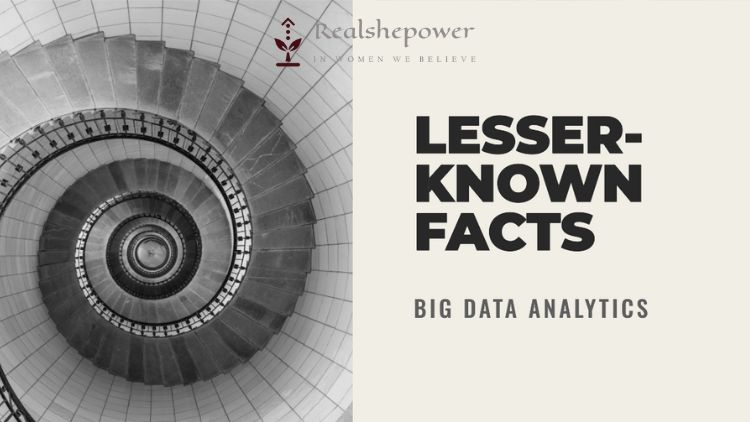
- The concept of big data analytics dates back to the 1940s when the first electronic computers were developed. However, it wasn’t until the early 2000s that the term “big data” gained widespread recognition.
- The volume of data generated globally is mind-boggling. Every minute, internet users send approximately 204 million emails, generate 1.8 million Facebook likes, send 41.6 million WhatsApp messages, and watch 4.5 million YouTube videos.
- The term “big data” refers not only to the size of the data but also encompasses the velocity (speed of data generation), variety (different types of data), and veracity (accuracy and reliability of data).
- The first commercial version of Apache Hadoop, a key tool for big data analytics, was released in 2011. It was named after a toy elephant belonging to the son of one of its creators, Doug Cutting.
- In 2012, Google’s chief economist, Hal Varian, famously stated, “The sexy job in the next 10 years will be statisticians.” This prediction highlighted the growing importance of data analysis and the need for skilled professionals in the field.
- The open-source programming language R, widely used for statistical analysis and data visualization, was initially developed by Ross Ihaka and Robert Gentleman at the University of Auckland, New Zealand, in the early 1990s.
- The rise of big data analytics has led to the emergence of new job roles, such as data scientists, data engineers, and data analysts. These professionals play a crucial role in extracting insights from data and driving data-informed decision-making.
- The largest publicly available dataset in the world is maintained by the Internet Archive, a nonprofit organization. The dataset, called the “Wayback Machine,” contains over 400 billion web pages captured over the past two decades.
- Data analytics is not limited to the business world. It has also made significant contributions to fields like healthcare, finance, transportation, sports, and even agriculture. Analyzing large datasets has enabled advancements in disease prediction, fraud detection, route optimization, player performance analysis, and crop management, among others.
- Open-source tools have democratized big data analytics, allowing organizations of all sizes to access and leverage powerful analytics capabilities. This has contributed to the democratization of data and has enabled smaller businesses and startups to compete with larger, more established players.
- The analysis of big data has revolutionized the field of personalized marketing. By analyzing customer behavior and preferences, businesses can tailor their marketing strategies to individual customers, delivering highly targeted and personalized experiences.
- Data privacy and security are significant concerns in the world of big data analytics. As more data is collected and analyzed, protecting sensitive information and ensuring compliance with privacy regulations has become a critical priority for organizations.
- The potential of big data analytics extends beyond just insights and decision-making. It has also played a crucial role in scientific research, enabling breakthroughs in areas such as genomics, climate modeling, particle physics, and space exploration.
- The future of big data analytics holds exciting possibilities with emerging technologies like artificial intelligence (AI), machine learning, and the Internet of Things (IoT) being integrated into the analytics workflow. These technologies enhance data processing, prediction accuracy, and automation, opening doors to new opportunities and discoveries.
- The use of open-source tools for big data analytics fosters collaboration and knowledge sharing among data professionals. The open nature of these tools encourages communities to develop innovative solutions, contribute code, and collaborate on projects, leading to continuous improvement and evolution of the tools.
In a Nutshell
The top 10 open-source tools for big data analytics have revolutionized the way organizations process and analyze data. From handling massive volumes of data to enabling real-time analytics and interactive exploration, these tools offer immense potential for extracting valuable insights. Whether you’re a data scientist, a business analyst, or an entrepreneur, embracing these tools can unlock the power of big data and drive data-informed decisions. So, don’t wait any longer—dive into the world of open-source big data analytics and unleash the potential of your data!
Practical TensorFlow: Teaching Deep Learning with Hands-on Examples
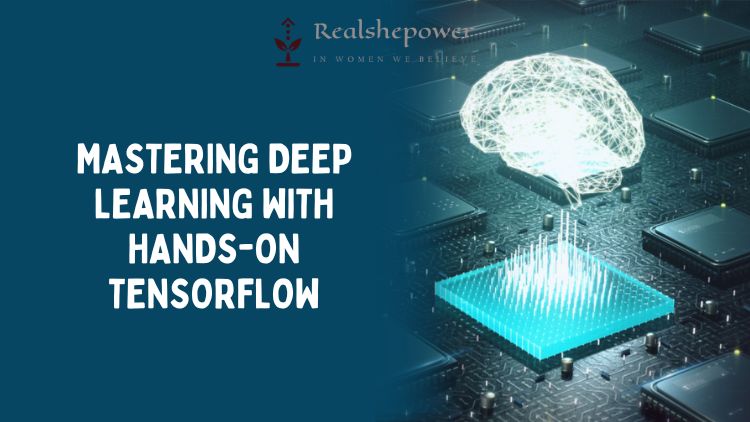
Deep learning has revolutionized the field of artificial intelligence, enabling machines to perform complex tasks with human-like accuracy. From image recognition to natural language processing, deep learning
The Rise of Open-Source Big Data Platforms: A Comparison of Apache Hadoop, Spark, and Flink
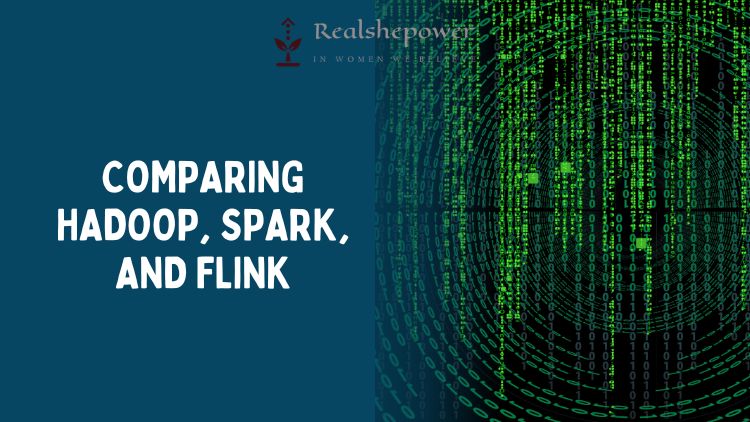
Big data has become a critical component of modern business operations, and companies are increasingly relying on big data analytics to drive decision-making processes. However, handling and
How to Use Open-Source Big Data Tools for Business Intelligence and Analytics
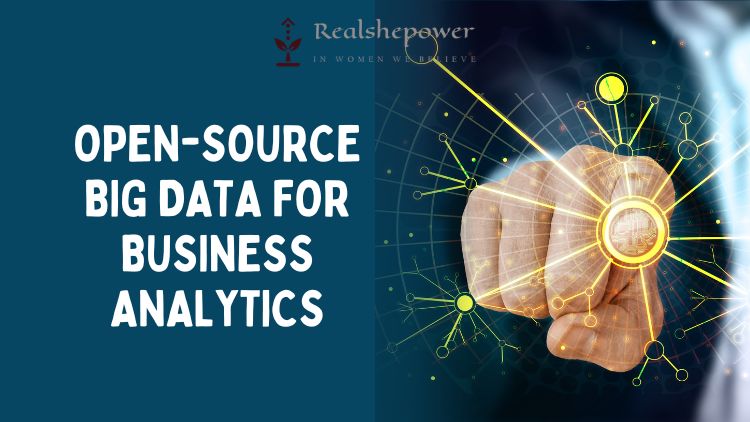
Big data has become a significant part of modern business operations, making it imperative for companies to adopt the right tools for managing and analyzing large datasets. Open-source big data
You can now write for RSP Magazine and be a part of the community. Share your stories and opinions with us here.
